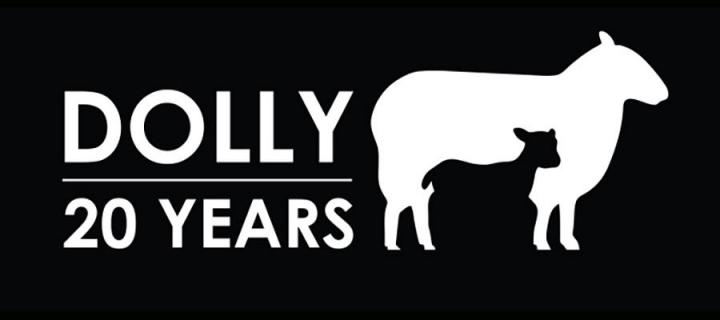Dolly the sheep continues to inspire 20 years after media storm
Twenty years after Dolly the sheep’s dramatic introduction to the world, researchers have been reflecting on her scientific legacy.

22 February 2017
Scientists based at The Roslin Institute – which hosted Dolly’s unveiling in February 1997 after her birth the previous summer – have spoken about how Dolly opened up previously unimaginable possibilities in biology and medicine.
As the first animal ever to be cloned from an adult animal cell, news of her creation– published in the journal Nature – triggered intense public debate around the ethics of cloning.
Her introduction to the world not only sparked a media storm, but also inspired a new generation of scientists. Professor Bruce Whitelaw – now interim Director of The Roslin Institute – was working at Roslin when Dolly was created. He still uses lessons learned from Dolly in his research.
Professor Whitelaw said one of the main drivers in the mid-1990s for developing cloning was to provide a cell system for genetic engineering. As he recalls: “Cloning enabled gene targeting strategies to be used. We have now moved on from using cloning technology and instead use very efficient genetic engineering methods that can be directly applied to the fertilised egg."
"DNA editing technology enables extremely precise changes of the genome of animals. We apply this exciting method in farm livestock and poultry, aiming to produce animals that are less susceptible to disease.” he adds.
In making Dolly, scientists took a fully-formed adult sheep cell and effectively turned the clock back to make it behave like a cell from a newly fertilised embryo.
Dr Tilo Kunath, Chancellor’s Fellow at the University of Edinburgh’s MRC Centre for Regenerative Medicine, was a PhD student in Toronto at the time. He remembers: “Dolly really changed our view of biology, showing us that we could take adult cells and reverse them in time.
“Reprogramming cells in this way is something that I use to search for treatments for degenerative conditions like Parkinson’s disease. Dolly’s influence on scientists around the world will continue to impact on cell and tissue repair research for many years to come.”
Find out more about Dolly's legacy in the videos from the Dolly at 20 Scientific Symposium hosted at the Institute in September 2016.
For further information, please contact:
Kate McAllister
Press & PR Officer
Contact details
- Work: 0131 650 6357
- Email: Kate.McAllister@ed.ac.uk


